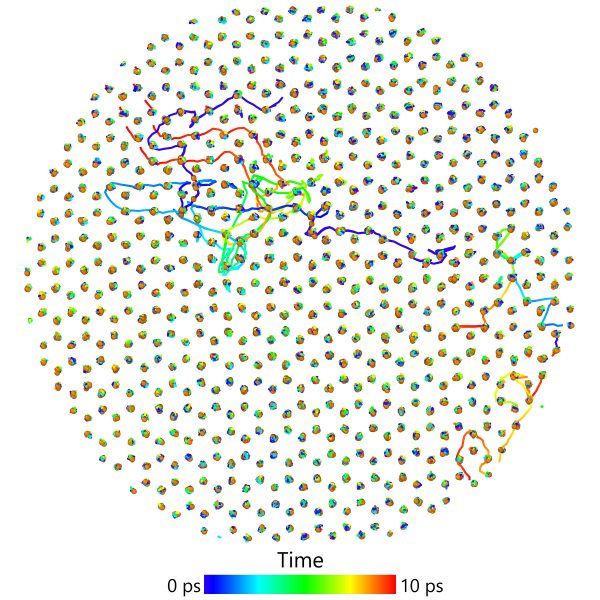Iron Atoms on the Move in Earth’s Inner Core
April 3, 2024

Even under astronomically high pressures, there’s still space for wiggle room in Earth’s solid inner core.
Scientists found that groupings of iron atoms in the inner core may be swapping places while still maintaining the underlying structure of the iron — a maneuver that resembles dinner guests changing seats at a table.
The researchers discovered the behavior by shooting a small iron plate with a fast-moving projectile to simulate the inner core environment. The data from the experiment was then inputted into a machine-learning computer model that simulated the core at the atomic level.
The motion of the iron atoms could help explain inner core properties that have long vexed scientists, such as seismic measurements that show the inner core to be surprisingly soft and malleable considering the extremely high pressures at the center of the Earth.
The Proceedings of the National Academy of Sciences published the results. Jung-Fu Lin, a professor in the Department of Earth and Planetary Sciences, is a co-lead author of the study.
Back to the Geoscientist